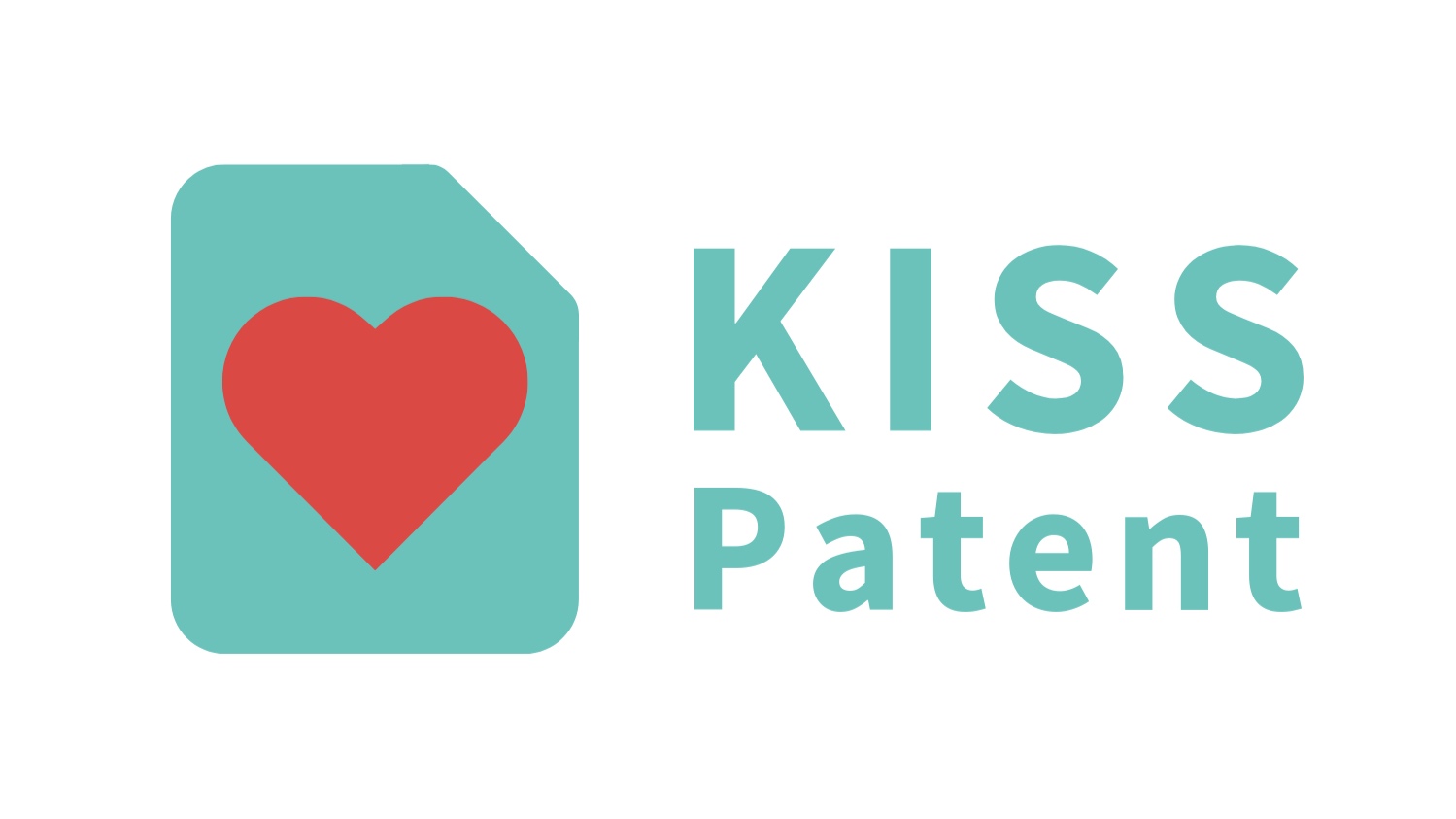Here's a riddle for you: what do patents and sausages have in common?
Okay, we know this may seem like a strange concept. After all, patents are legal documents and sausages are, well, food. So they don’t have anything in common, right? But, hear us out...
Sausages are messy and no one wants to know what goes into them (seriously, you don't want to know). And you might think that as legal documents, patents are totally formal documents which are always done correctly, where we know exactly what goes into them.
Actually patents and sausage have a lot in common-- specifically the way that both are made.
The strength of a patent depends on how it is made. Just like sausages being made, making a patent can be a pretty ugly process.
And if the patent isn’t made correctly, the result can be even uglier.
How Patents Are Made
A patent’s life starts as a patent application (actually, it starts as someone’s great idea, but that’s another story).
To make a strong patent, the application has to have enough drawings to describe the idea. The drawings are the foundation for the patent. Without great drawings, the patent will be weak.
Drawings are important for software and hardware patents too. We recommend at least 7-10 drawings for a patent.
Next, the text that describes the drawings has to be clearly written. It needs to describe all of the important details – without being too limiting. Too few details, and the patent will be weak. Patents without enough details are likely to be rejected.
After the patent application is filed, it is checked by an examiner or a representative of the government who determines whether it is worthy to be granted as a patent.
Since a patent represents a monopoly, you, as the patent owner, can control whether others can share in your idea. The examiner wants to be certain that the idea in the patent application is sufficiently innovative to be granted a patent.
This means a process of negotiation with the examiner, multiple written communications. Sometimes it is necessary to also communicate with the examiner over the phone or in person.
Don't let your patent be the ugliest sausage in the pile!
Take our short survey to find out if patents are the right intellectual property for your startup!
Why Patent Negotiation Is Important
The process of negotiation determines how the patent can be interpreted. More specifically, the claims determine your rights as a patent holder. This is a super important part of the patent. Weak claims mean a weak patent. Statements that you, the patent holder, make during this process can determine whether you have a strong patent or a weak one.
ALL statements that you make that limit the claims could come back to haunt you, as they weaken the patent. For example, if you say that “the invention only does X”, then the claims could be interpreted to limit your rights only to X.
What About Other People's Patents?
The same limitations apply to other people’s patents. If the other patent owner makes limiting statements, their patent could also be weakened.
This is why you need a US Patent Agent or US Patent Attorney to review a patent with you, to see whether it is really a threat.
And that is also why you need a US Patent Agent or US Patent Attorney to help you file your patent – and negotiate with the examiner!
Need help filing your patent? Contact us to set up a free, 30-minute (no pressure!) consultation to discuss your patent idea.
Wondering if your idea is patentable? Have a question about this article? We can answer all of your questions — just hit "contact us" down below!











